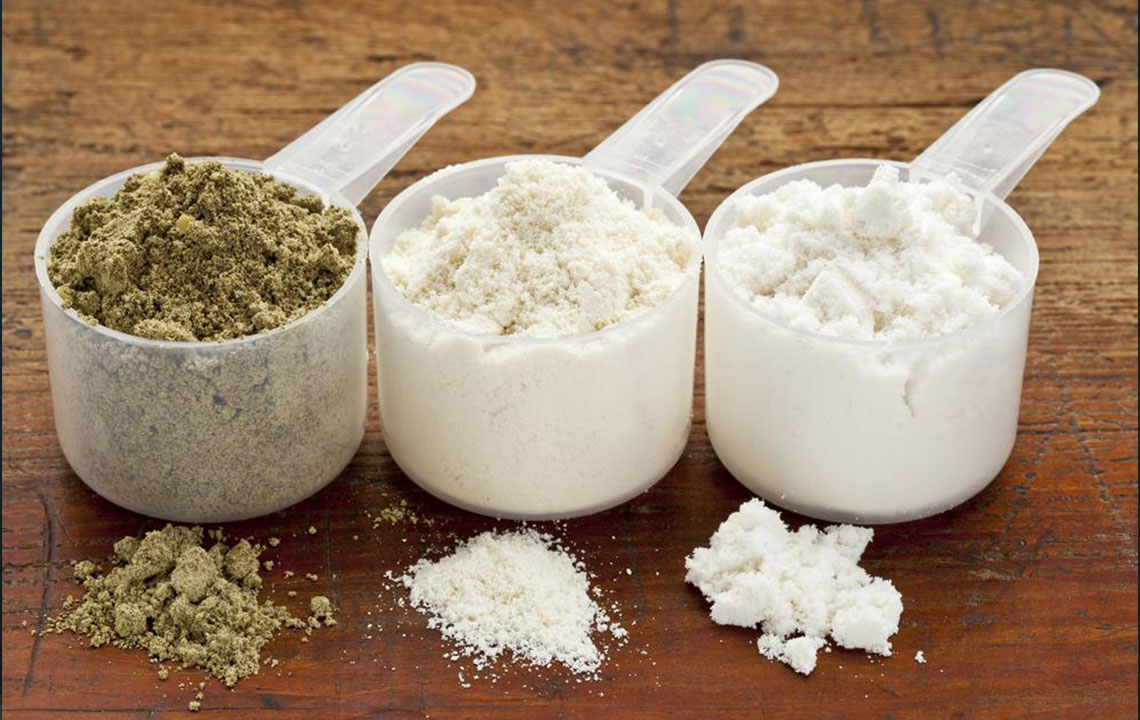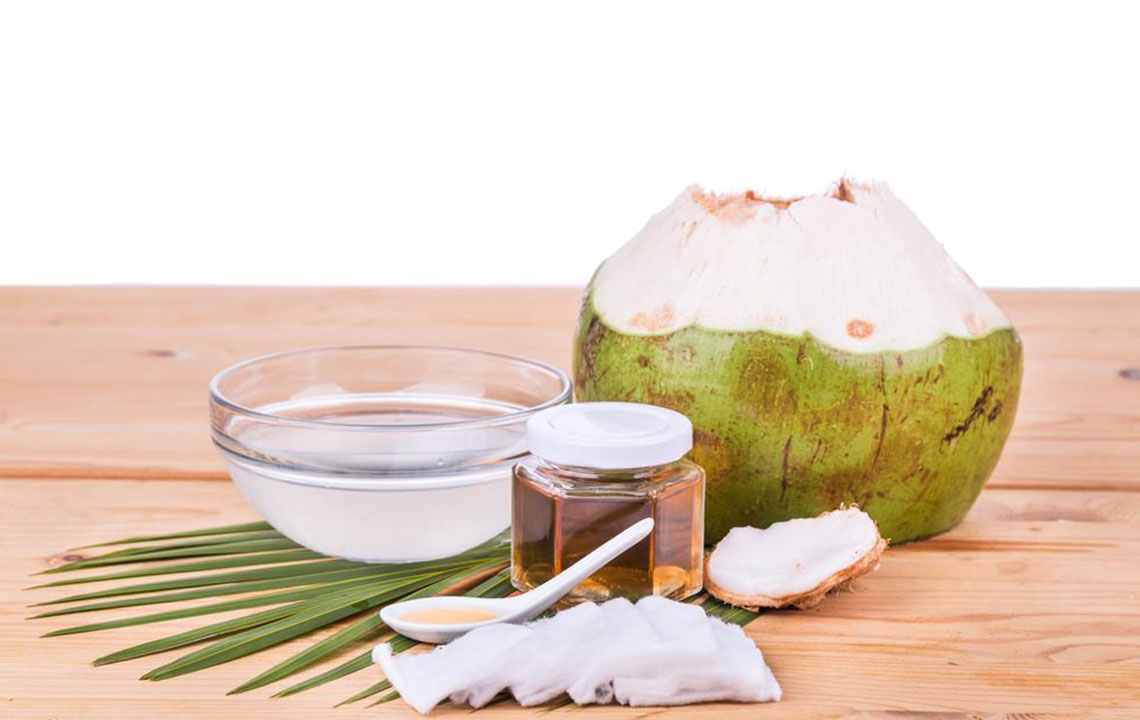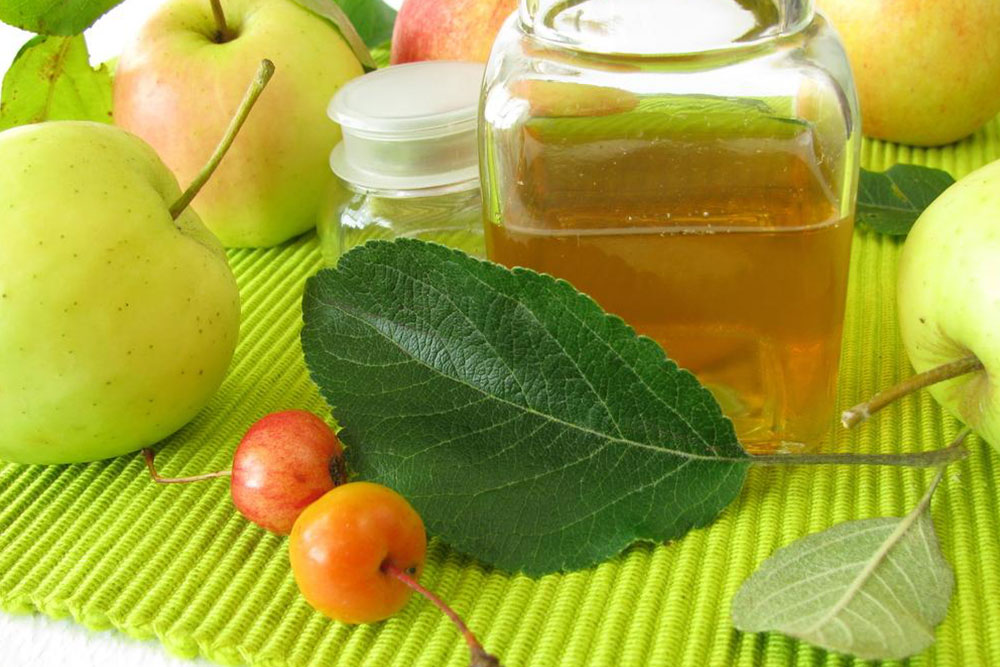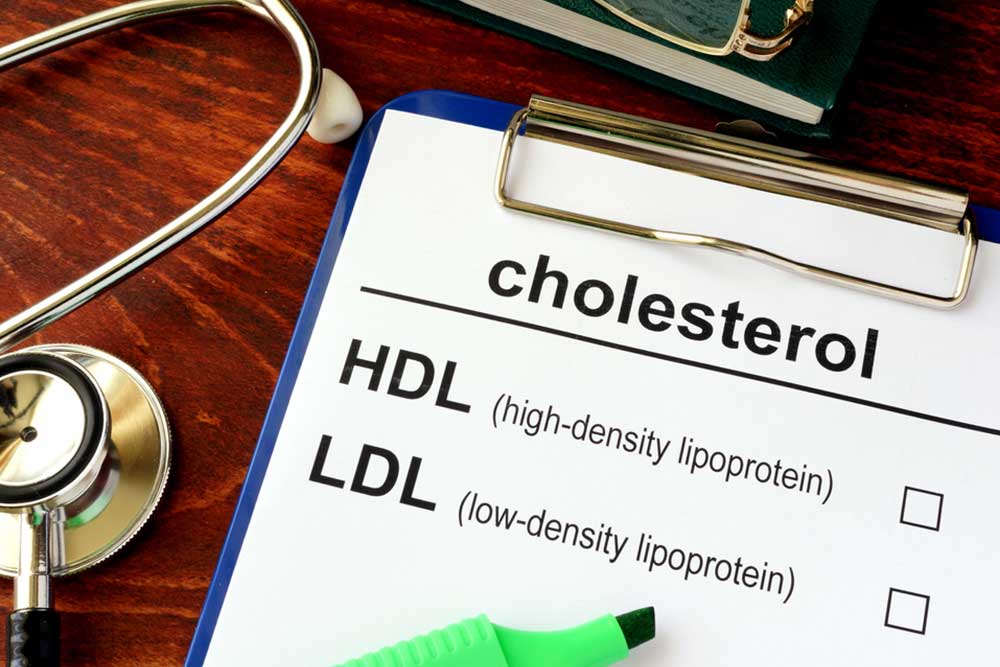Understanding Low Testosterone Levels and Their Impact on Men's Health
This article explores low testosterone levels, their effects on men's health, causes, diagnosis, and treatment options including hormone therapy, lifestyle changes, and herbal remedies. It emphasizes the importance of medical consultation for managing hormonal imbalances and highlights safe approaches to restoring testosterone levels naturally or medically.

Understanding Low Testosterone Levels and Their Impact on Men's Health
Testosterone is often associated with a fast-paced lifestyle in popular culture, but its role in the body is vital. It influences key functions such as libido, bone density, fat distribution, muscle strength, and red blood cell production. While women also produce testosterone, the levels are significantly lower.
Low testosterone can cause infertility, increase abdominal fat, diminish libido and erectile function, cause fatigue, and impair cognitive abilities. It can also lead to decreased bone density, muscle mass, and hair growth. Emerging research links low testosterone to cardiovascular and metabolic health issues.
Several factors contribute to declining testosterone levels, including:
Testicular injury
Testicular cancer or its treatment
Infections
Hormonal imbalances
HIV/AIDS
Obesity
Diabetes
Liver or kidney conditions
These low levels often result from aging or conditions like hypogonadism, where the testes or pituitary gland fail to produce enough testosterone. Diagnosis involves blood tests and physical exams, with further testing to identify the underlying cause.
If diagnosed with low testosterone, various treatment options exist:
The most common approach is Testosterone Replacement Therapy (TRT), involving hormonal treatment to restore testosterone levels. TRT is usually long-term and requires regular monitoring. It can quickly improve energy, libido, and overall wellness but carries potential risks, especially with long-term use.
Discontinuing TRT may cause symptoms to return or worsen, necessitating commitment to ongoing treatment.
TRT can be administered through injections, pellets, patches, or gels, tailored to individual needs:
Injections are administered every 7–22 days, either in clinics or by self-injection. Pellets, a newer option, are implanted under the skin and release testosterone over months. Patches are applied to areas like the lip or skin, replaced regularly. Gels are applied daily on different body parts, providing convenient hormone delivery.
Hormone therapy is generally avoided in individuals with cancer or liver and kidney issues. Additionally, lifestyle modifications such as maintaining a healthy weight, consuming nuts and seeds, exercising regularly, sleeping well, and taking vitamin supplements may naturally support testosterone levels.
Natural and herbal remedies—such as Malaysian Ginseng, Puncturevine, Ashwagandha, Yohimbe, DHEA, pine bark extracts, arginine, zinc, and vitamin-rich foods—are also explored. However, consulting a healthcare professional before starting these treatments is advisable. Many herbal options lack extensive research, may have side effects, and should be used cautiously.










